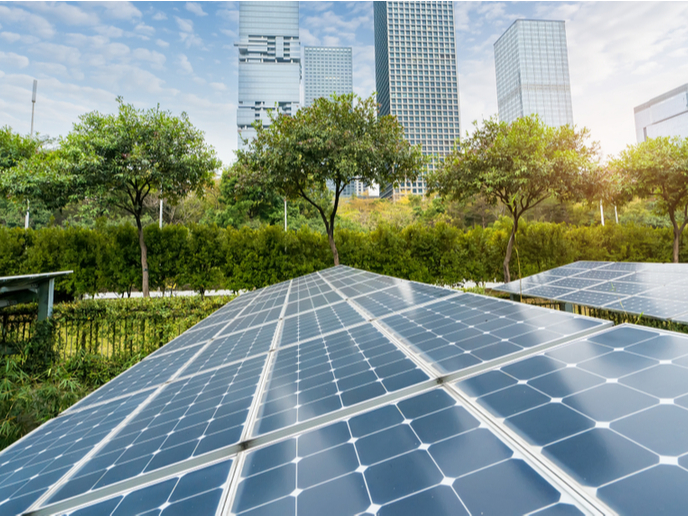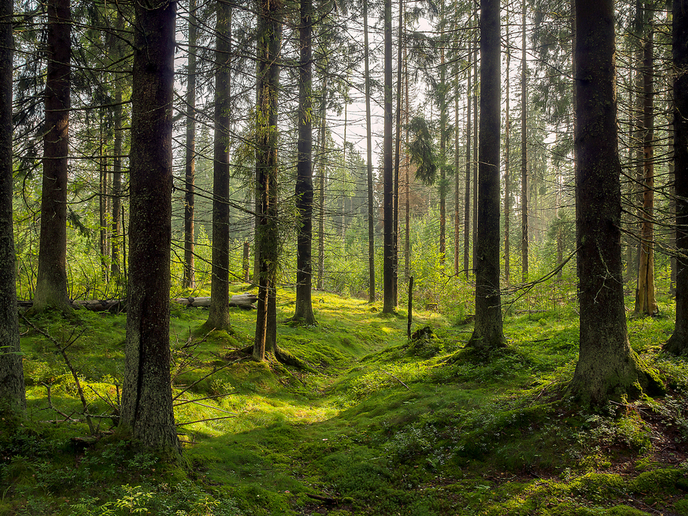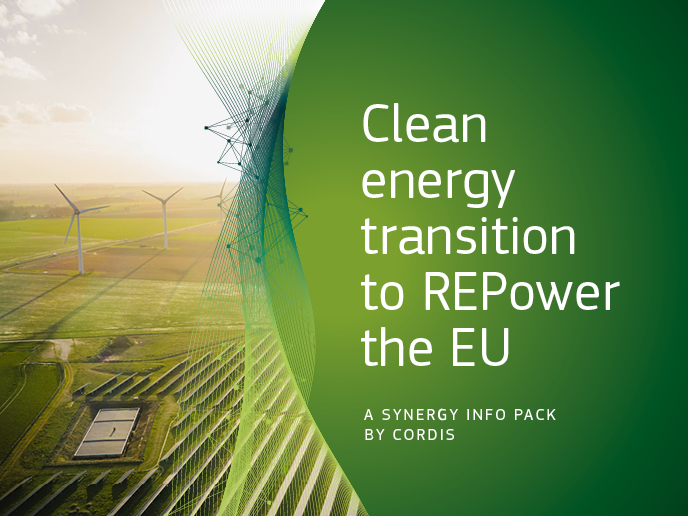Conserving genetic material for crops
Our food depends on fresh sources of genetic variation for breeding new varieties of crops that will be able to thrive in the face of a changing climate. Wild plant species closely related to crops (crop wild relatives (CWRs)) and traditional, locally adapted crop varieties (landraces (LRs)) are crucial to genetic variation. Although the importance of CWRs and LRs to food security is widely recognised, there is a lack of knowledge regarding their diversity. There is also a lack of information concerning exactly how this diversity can best be used for improving crops. The project 'Novel characterization of crop wild relative and landrace resources as a basis for improved crop breeding' (PGR SECURE)(opens in new window) addressed this lack of information. The EU-funded initiative sought to develop fast and cost-effective methods to identify and make available genetic material that can be used by plant breeders. Examples include the ability to confer resistance to new pests and strains of disease, and tolerance to extreme environmental conditions, such as drought and heat stress. Project partners also worked to develop a Europe-wide strategy for conserving the highest priority CWR and LR resources to secure the genetic diversity needed for crop improvement. However, the goal of agrobiodiversity conservation is not simply to conserve agriculture-related PGRFA. It also promotes their sustainable use in improving agricultural production. Therefore, ensuring that conserved diversity is made readily available to users was an important aspect of PGR SECURE work. Project research focused on new techniques and conservation strategies for European CWR and LR diversity. The results will enable breeders to improve crops. This will play a vital role in underpinning European food security in the face of climate change.







